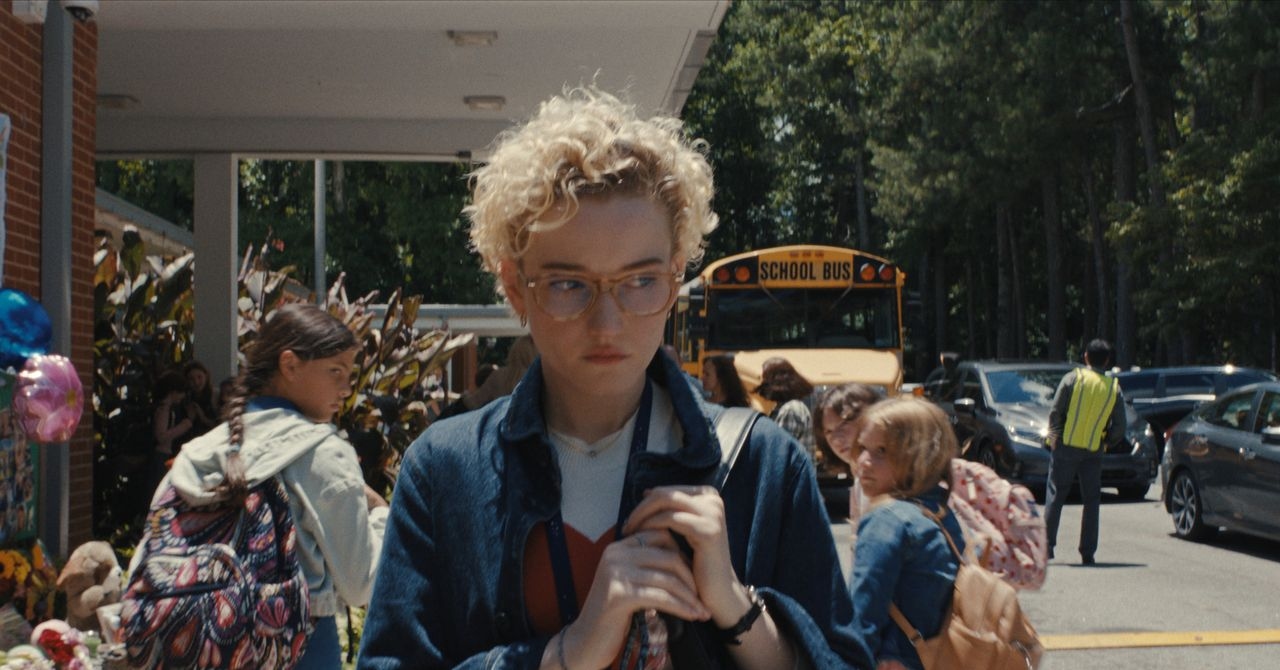A gravity antenna and a plant: Engineers of different generations shared their dreams
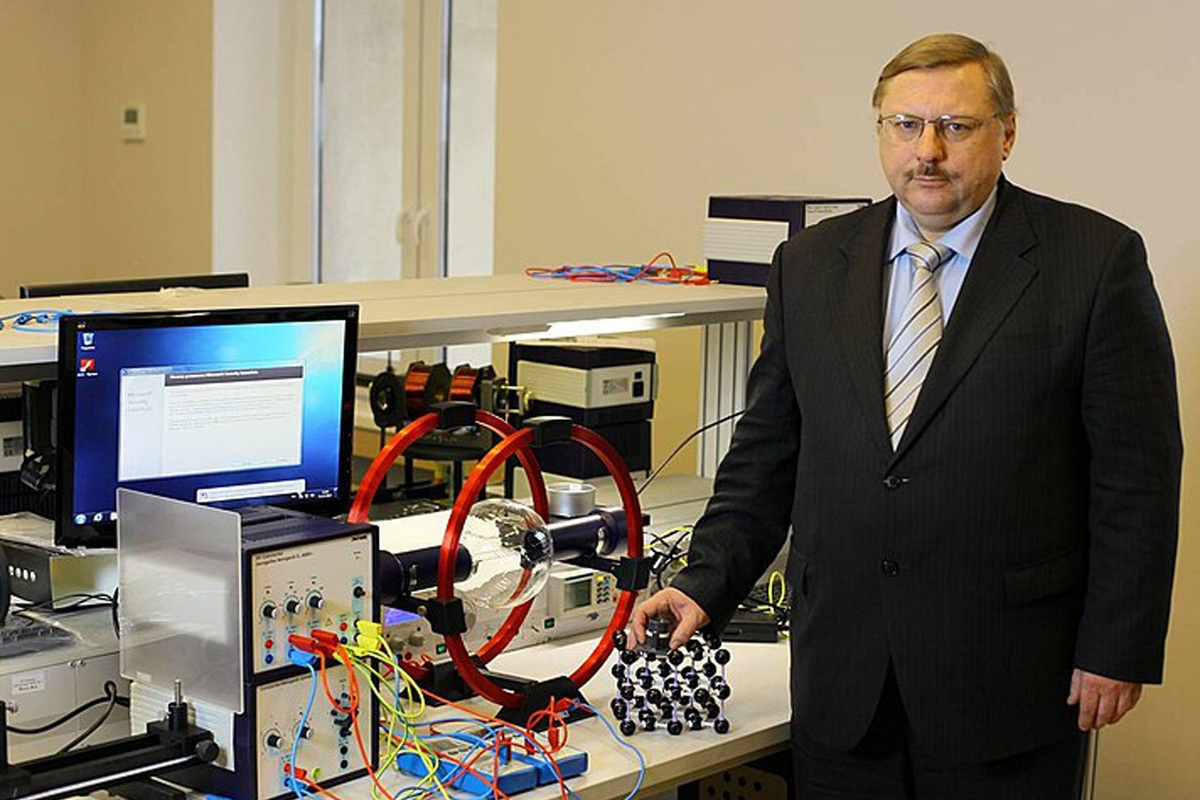
Corresponding Member of the Russian Academy of Sciences Andrei Morozov (66): "I dream of creating a gravitational antenna."
Andrey Morozov, Head of the Physics Department at Bauman Moscow State Technical University and Corresponding Member of the Russian Academy of Sciences, certainly considers himself an engineer and is proud of this title. It's no wonder—in addition to being the author of over 300 scientific articles, 10 monographs, and three textbooks, he has 31 (!) inventions to his credit. For many of these, he has been awarded state prizes and various awards, including the Order "For Merit to the Fatherland," 2nd Class.
This scientist's primary research focuses on the development of theory and the creation of systems for the remote detection of chemical compounds in the open atmosphere and on the ground, which have been adopted by the Russian Ministry of Defense and the Federal Security Service of Russia.
Andrey Nikolaevich, tell us about your childhood. When did you realize you wanted to pursue a career in invention?
I was born in Moscow in 1959, to two PhD candidates in engineering. Both my mother and father were materials engineers, with numerous scientific papers and inventions to their credit. Throughout my childhood, I was surrounded, so to speak, by a special scientific aura emanating from my parents. I remember, as a preschooler, sitting and watching my father calculate cooling systems related to hydroelectric power. He was a model for how to build a life. Overall, I became fascinated with physics back in school, and I was very fascinated by its application to astronautics.
— The time of the first space flights, Gagarin...
I don't remember Gagarin; I was only two years old when he went into space. But the Americans' missions to the moon affected me, and quite tangibly. I was intrigued by the possibility of using new physics to create the most advanced spacecraft engines, so that we could use them to fly to other planets, to the stars. My interest was certainly fueled by the literature we had in abundance at home: the complete works of Jules Verne, Stanislav Lem, Arthur C. Clarke, the Strugatsky brothers, Jack London—well, a whole lot of it...
After 8th grade, I enrolled in a physics and mathematics class, graduated, and upon graduating, applied to the "royal" department at Bauman University, then known as M1. It so happened that my group, transferred from Department M1 to Department M8, focused not on engineering but on technology, and in my first year, I began attending the fascinating seminars of Professor Mikhail Ivanovich Kiselev, an engineer with a capital "E." After graduating with honors in 1982, I immediately entered graduate school in the Physics Department, where I continue to work to this day as the department's head and, for almost 30-something years, as the general director of the university's Center for Applied Physics. Here, I am also the chief designer of various technical developments. Incidentally, I was able to organize the training of specialists in technical physics at the department. This year marked the 20th anniversary of our bachelor's degree program.
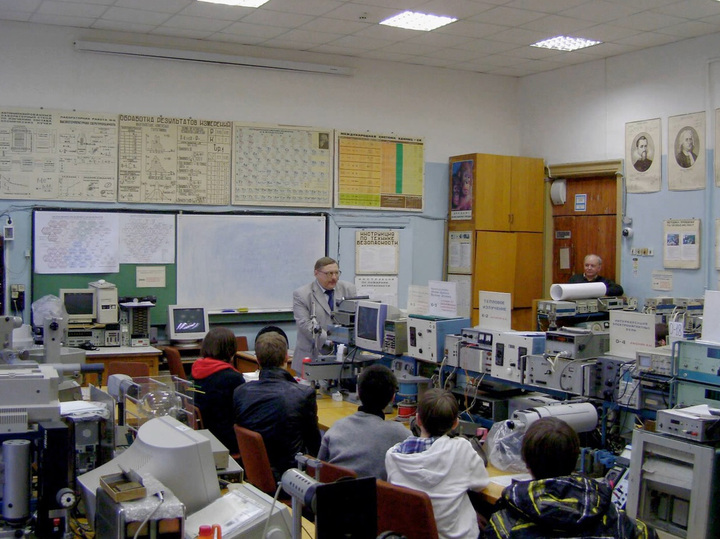
— Tell us about the main focus of your work, and why were you elected a member of the Russian Academy of Sciences?
— This work involves rapidly identifying chemical substances in the atmosphere over long distances. Let's say there's a cloud floating above us. What chemicals does it contain? We've created data-measuring systems that can determine the chemical composition of a cloud in one second at distances of up to 5–6 kilometers.
— How does this happen?
"All substances emit energy along their spectral lines. We capture this radiation, perform a transformation, perform a specific calculation, compare it with the spectra in the database, and determine the substances in the cloud. In recent years, we've been using this to determine emissions from industrial facilities. For example, in Norilsk, we monitored the emissions from the plant's chimneys from a kilometer away, and in what quantities. To give you an idea, these volumes are measured in hundreds of thousands of tons per year. And there are no other methods for such monitoring."
Just the other day, I was at one of Roscosmos's institutes, where we were discussing how to launch our instruments into orbit to measure greenhouse gas concentrations.
Such devices simply couldn't have been created 20–30 years ago. This requires new physics, computing power, materials, and data processing methods, including artificial intelligence, which is used in all of this work.
You've been teaching at Baumanka for a long time. Can you tell us how much the engineering teaching system has changed?
"This definitely needs to be said. The USSR had a very well-established system for training engineers. I believe Soviet engineers were trained using the best methodology in the world. Unfortunately, much has been lost in this area of training. The Bologna process, as everyone now understands, has done great damage to it."
— What exactly?
"Previously, engineers were trained solely for five to six years, and starting practically from their second year, they were introduced to some engineering disciplines. As soon as the Bologna process was introduced, four years were devoted exclusively to training the bachelor's student, who isn't a system developer, but a user. And then, within a year or two, this user had to be turned into a developer, and that's only if the student wanted to go on to a master's program."
— Now, as far as I understand, the situation is changing a little?
— Now, according to the Ministry of Education and Science's plans, in a year we will essentially return to curricula very similar to those implemented in the Soviet Union, with a full cycle of engineering training.
You teach at Bauman Moscow State Technical University and often visit the Saint Petersburg Polytechnic University... Can you tell us what kind of young people are currently coming to learn the trade? What are they passionate about?
— I've been lecturing to students for almost 40 years, and I've seen them change. In the late 1990s, there was a terrible drop in their interest and desire to learn; it was very difficult. Now, interest is returning; over the last 15–20 years, we've seen a steady interest in engineering. You can even see it in how students listen to lectures. About 20 years ago, they wouldn't even listen to the teachers; they'd just sit there and chat among themselves. Now they listen, take notes, and constantly come up to you during breaks and ask questions. It's a completely different attitude. They've regained the desire to create new things, new technology. And, of course, they've become more cheerful and upbeat; they're always having parties and skits and discussing things. Basically, life has returned, and I'm happy about that.
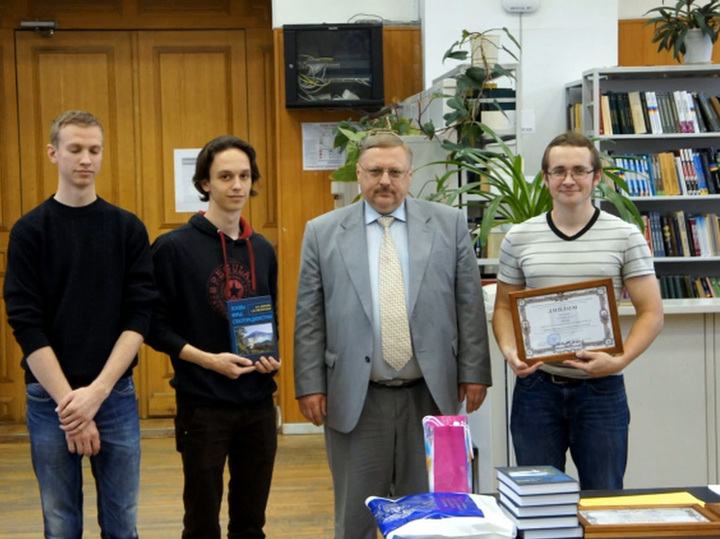
— As a physicist, what do you think about neural networks? Will AI enslave us sooner or later?
— In general, artificial intelligence is a very simple thing; it's a way to quickly multiply matrices. From a mathematical perspective, this allows us to quickly extract relevant information from a huge array of data, something that humans simply can't do. And we should take advantage of this. I read a very interesting article yesterday about the impact of artificial intelligence on education, and it said the following: within the next 3-4, or at most 5 years, the entire education system should be completely rebuilt using artificial intelligence. Our students can already generate solutions to any problem using AI, and when we give exams, we don't know who solved the problem—the student or the artificial intelligence that's somewhere in their pocket, on their phone.
- This is bad for the student, he won’t learn anything on his own...
“This is bad, but on the other hand, it means that we must also use this mechanism when giving lectures, in seminars, and conducting laboratory work, and we must restructure our programs, courses, and curricula so that, with the help of artificial intelligence, we can speed up the transfer of information and convey it better.”
— How can we make students think independently?
"We need to explain to them that artificial intelligence can produce false information, and therefore, people are obligated to process and consider all the information it produces. I don't think artificial intelligence will ever replace us, as it's simply a system that operates on matrices and has no emotions, desires, or purpose in life."
— What do you dream about globally?
“I have a lot of work in progress that I really want to finish and have time to pass on my experience to the young people around me.
On a more scientific level, I'd like to participate in the creation of a gravitational antenna in the Russian Federation, something my teacher, Academician Vladislav Ivanovich Pustovoit, dreamed of. I've been working on this for over 30 years, and I have a great deal of experience, but unfortunately, it's not being taken up at the national level in our country.
— What is a gravity antenna used for?
— To detect gravitational waves. After all, all the information humanity currently receives is obtained via electromagnetic waves. And gravitational waves are a new channel that could become a future method of transmitting information. For example, if you need to communicate with an object located deep in the sea, no electromagnetic wave will reach it. But a gravitational wave will easily reach it. The creation of gravitational communication lines is, of course, a very distant prospect, but one day it will be realized.
Nikolai Tsygichko (14): "I want to build a machine tool plant."
The story of Nikolai Tsygichko, a 14-year-old engineer from Voronezh, began when he was 12 years old. Today, he has two of his own inventions to his credit and won the all-Russian "Inventor of the Year 2024" competition. We spoke with Nikolai and his father, Nikolai Viktorovich Tsygichko, also a military engineer by profession and a specialist in special military communications.
Nikolai attended the A.V. Koltsov Gymnasium, where his two sisters and brother also attended. When the young prodigy entered sixth grade, his parents dreamed of teaching their child not only languages but also work skills, but the school lacked adequately equipped classrooms for boys' work-related training.
Tsygichko Sr. had to buy his son two machines—a milling machine and a lathe—to teach him what he couldn't imagine raising a real man without. First, he taught his son to cut long shavings—a sign of a skilled lathe operator—then small parts and souvenirs. The boy enjoyed it, but soon he unexpectedly suggested...upgrading the machine.
"My dad bought me two machines," recalls 14-year-old Nikolai. "But I wasn't satisfied with their antiquated state. I looked online to see how they could be improved and modernized."
Nikolai's dad was amazed, he says, by how quickly his son found online how to upgrade a milling machine. "Dad, what century are we living in? Everything's digital, and we..." he recalls his son saying. So, they both had to delve into the intricacies of connecting a CNC unit to a standard machine. Nikolai, a communications engineer by training, didn't understand much about it himself, but to keep his son interested, he delved into it and figured out what was going on. "You write a G-code that tells the machine where and how fast to move, you write the spindle speed, and that's it! There are only four of them—the basic G-codes. It's really elementary! It's not correlational reception of noise-like signals, it's not statistical radio engineering," says Nikolai. "When I looked it up, I realized you don't even need a college degree to understand it all and explain it to a child."
"We installed the motors and fine-tuned the software," Nikolai Jr. continues. "Everything worked. The main advantage is that it's very easy to teach children. I know this firsthand. You can literally grasp the basics of programming these machines in just a few minutes."
When the child began to succeed, his parents praised their son (a golden rule, according to Nikolai's father), and soon the director of the experimental technical school Nikolai attended suggested submitting the machine to the All-Russian VOIR (All-Russian Society of Inventors and Innovators) competition. Kolya won first place in the "Young Inventor" category with his CNC training and production milling machine and received a cash prize from Deputy Prime Minister Dmitry Chernyshenko himself. His creation stood out from the others in its ability to process not only wood, plastic, and non-ferrous metals, but also cast iron and steel. It also cost a third as much as its industrial counterparts.
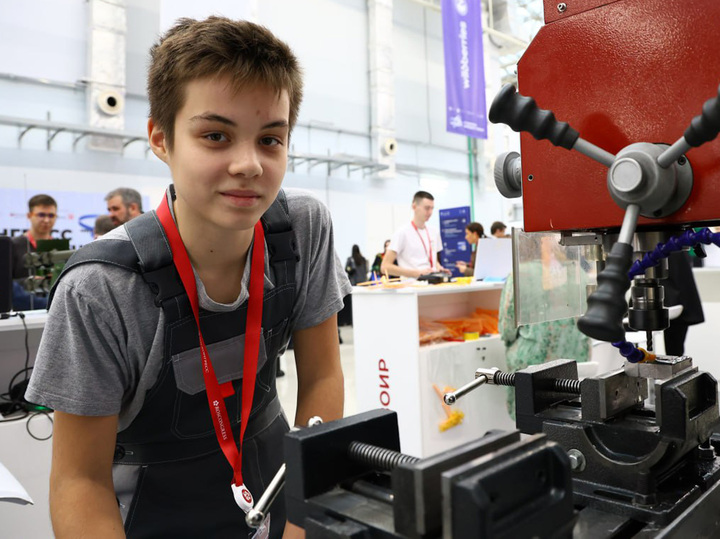
As they rode happily back from the Young Scientists' Forum where Nikolai had been awarded his prize, his father asked, "What are you going to do with the 200,000 rubles?" "I'll find something," his son replied. "No, explain, Mom and I are just curious..." After some deliberation (Nikolai seemed to have everything, a computer and an electric bike), they decided to buy two more machines, retrofit them with CNC functionality, and donate them to the school, "so that other kids would get interested in the topic too." They donated them to Voronezh Lyceum No. 7, which will celebrate its 60th anniversary in 2025, where Tsygichko Sr. had once studied. But this gift, oddly enough, created a problem: the school now had the machines, but no one to teach them. So Nikolai Viktorovich was forced to open a club at the lyceum. The goal of the club is not simply to teach students how to operate a CNC machine, but to also, through project-based activities for schoolchildren (which, incidentally, is now mandatory for everyone), assemble machines to equip technology classrooms right in the school.
Today, Tsygichko's workshop has four machines, and all but the very first, a lathe, have been upgraded to CNC. Recently, his father bought his son a handheld fiber laser cutter, which the younger Nikolai immediately suggested installing on a CNC platform. Thus, another invention was born—a 4-in-1 gantry laser machine (cutting, welding, surfacing, and cleaning) with numerical control. Its advantage is its high speed: while manufacturing parts on a milling machine would take 2-3 days, the laser machine can do it in just a few minutes. Both of these inventions have been patented, symbolically, during the decade of science and technology.
From a conversation with Nicholas Jr.:
— When did you realize that you were interested in engineering?
— Three years ago, my dad’s friend, who works for a laser manufacturing company, invited us to the Metalworking exhibition, and I became interested in this field of activity.
— I heard that, besides math and 3D modeling, your favorite subject at school is biology. What interests you about it?
“I just like studying different processes in the body, and the teacher is very good.
— What would you like to become in the future?
— I want to build a machine tool plant.
— How do you relax? Do you have any hobbies besides working with machines?
— I play on the computer and ride a bike.
— Do you have time to play with your peers in the yard?
"I don't play with my peers in the yard; sometimes I play chess online." (The parents add that their son has very little free time, as he also practices sambo and attends a children's technology park, where, incidentally, he and his friends are building a CNC machine. — Author. )
— What do you dream about on a global scale?
— Live with joy and interest.
mk.ru


%2520Is%252075%2525%2520Off%2520at%2520The%2520Home%2520Depot.png&w=3840&q=100)

